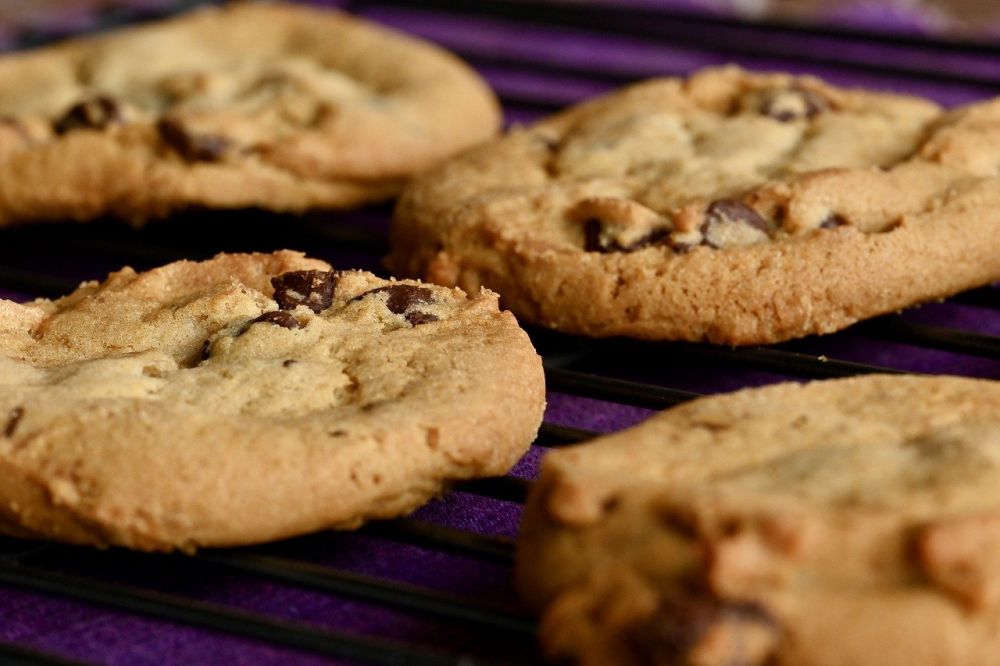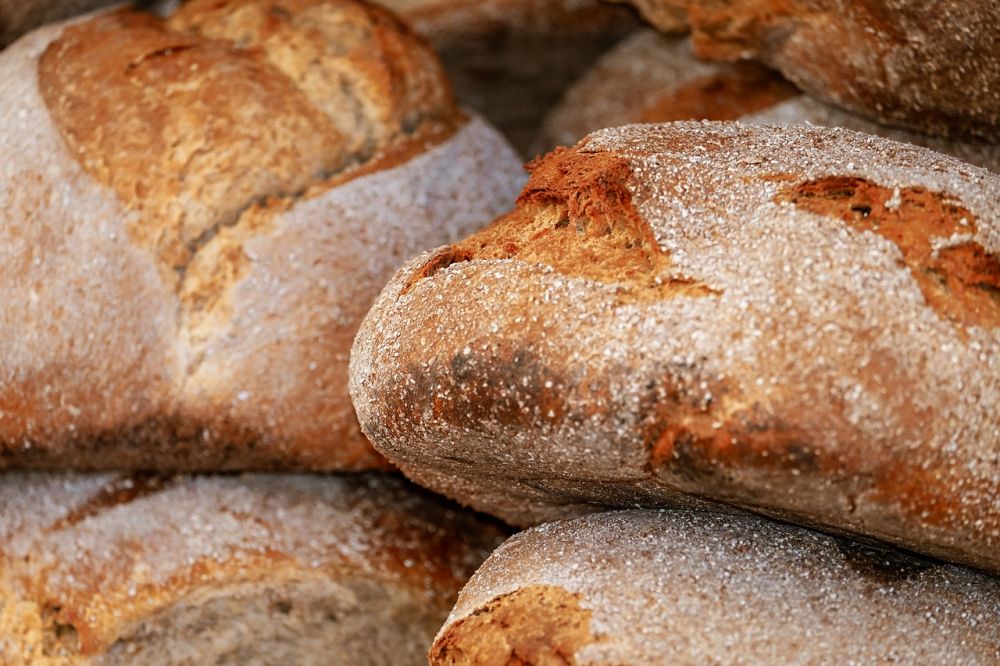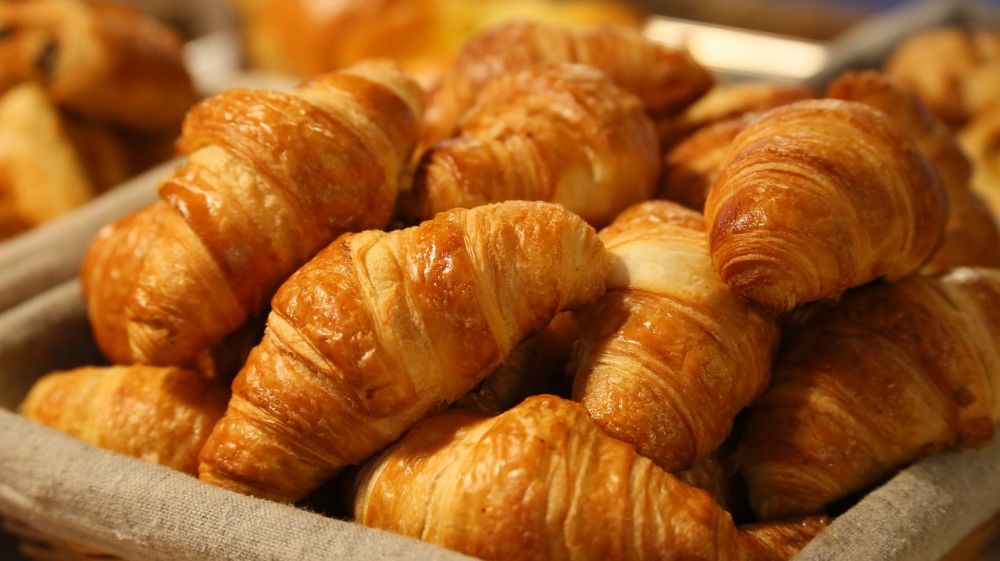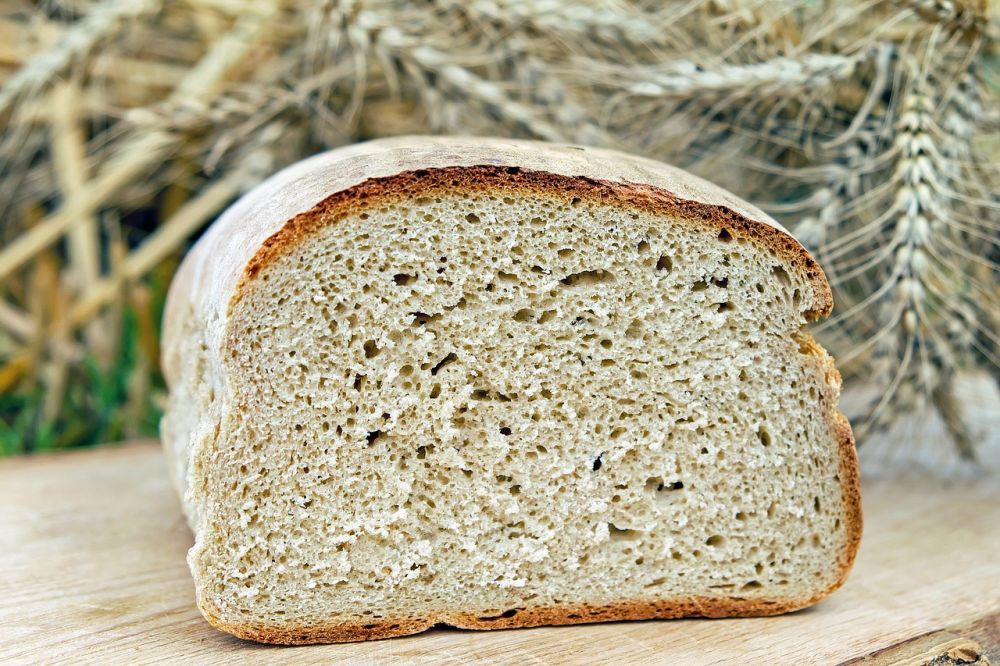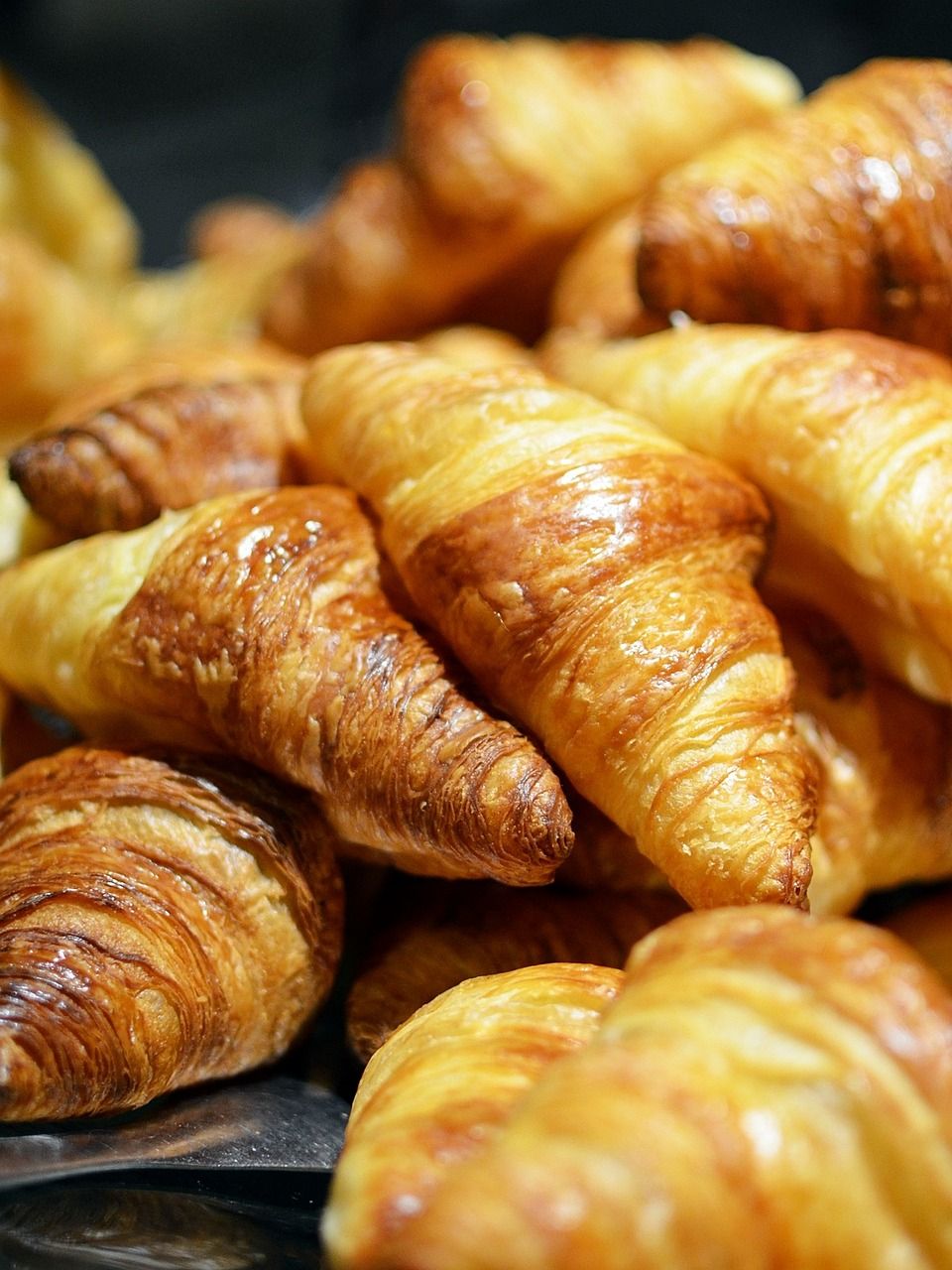Bake Bread: A Comprehensive Guide to the Art of Breadmaking
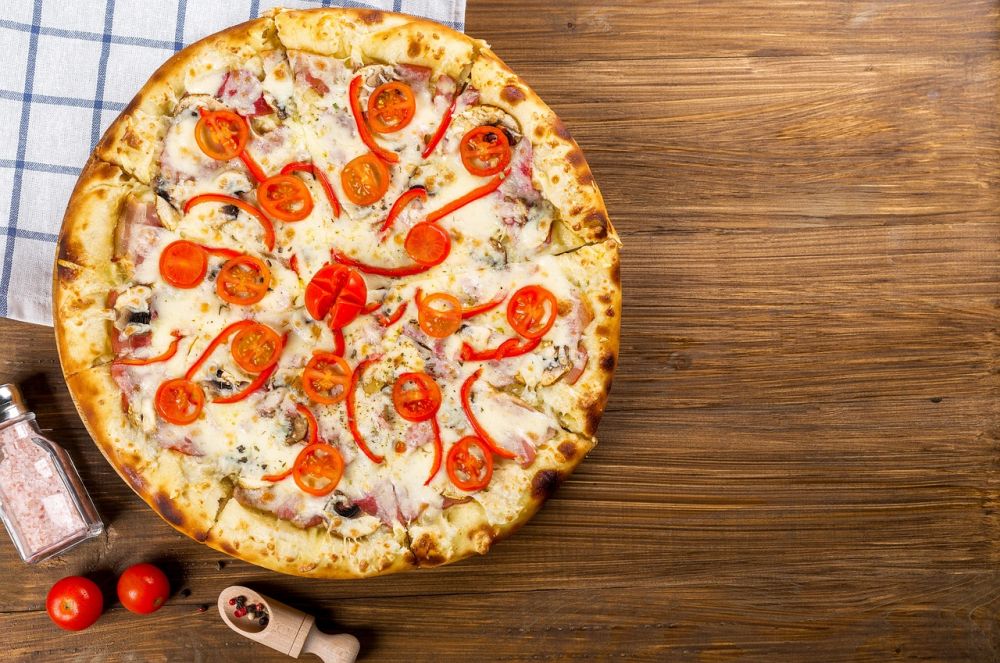
Introduction:
Breadmaking has been a staple of human civilization for thousands of years. The process of baking bread involves combining basic ingredients such as flour, water, yeast, and salt, and transforming them into a delicious and satisfying staple food. In this article, we will provide an in-depth overview of the art of baking bread, explore different types of bread, discuss their differences, and take a historical journey through the advantages and disadvantages of various baking techniques.
1. An In-depth Overview of Baking Bread:
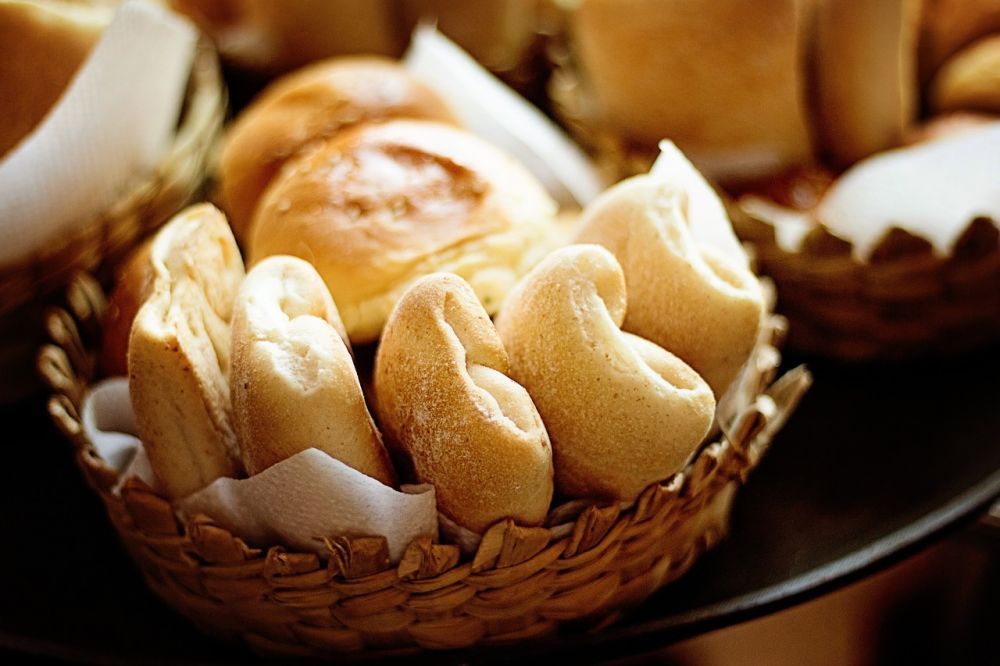
Baking bread is a culinary process that dates back to ancient times. It involves combining flour, water, yeast, and salt to create a dough. The dough is then shaped, left to rise, and baked to achieve a crusty exterior and a soft, pillowy interior. This process requires patience, precision, and skill, as the perfect balance of ingredients and proper techniques are crucial for a successful outcome.
2. Types of Bread and their Popularity:
There is a wide variety of bread types, each with its unique characteristics and flavors. Some popular types include:
– Sourdoug Sourdough bread is made using a naturally occurring yeast and bacteria culture, giving it a distinctive tart flavor and a chewy texture.
– Whole Wheat: Whole wheat bread is made from flour that includes the entire wheat kernel, providing a nutty flavor and a denser texture.
– Baguette: A French classic, the baguette is characterized by its long and slender shape, with a crispy crust and a soft interior.
– Ciabatta: Originating from Italy, ciabatta bread is recognized for its airy texture, chewy crust, and irregular shape.
– Rye: Rye bread is made with a significant proportion of rye flour, resulting in a dense texture and a slightly sour taste.
These are just a few examples of the vast array of bread types available, each with its own regional variations and cultural significance.
3. Quantitative Measurements in Bread Baking:
Bread baking often involves precise measurements to ensure consistent results. Key quantitative measurements include:
– Hydration: The ratio of water to flour in a bread recipe affects the dough’s final moisture content and texture.
– Proofing Time: This refers to the amount of time taken for the dough to rise before baking. Longer proofing times can enhance flavor and develop better texture.
– Oven Temperature: The temperature at which bread is baked is crucial. It affects the crust formation and the evenness of the bake.
4. Differentiating Various Bread Types:
Although all bread is made from similar basic ingredients, various factors differentiate them. These factors include:
– Flour Type: Different types of flour, such as all-purpose, bread flour, or whole wheat, impart distinct flavors, textures, and rising capabilities to the bread.
– Leavening Agents: The use of different leavening agents, such as commercial yeast, sourdough starter, or baking powder, affects the flavor, rise, and texture of the bread.
– Shaping Techniques: Different bread types require specific shaping techniques to create their unique appearance and texture.
5. Historical Overview of Bread Advantages and Disadvantages:
Throughout history, different breadmaking techniques have emerged, each with its advantages and disadvantages. Some historical highlights include:
– The advent of the commercial yeast in the 19th century revolutionized breadmaking, allowing for faster rising times and consistent results.
– The popularity of artisanal breadmaking has surged in recent years, as it focuses on traditional methods and natural ingredients, resulting in improved flavor and texture.
– Industrialized bread production gained momentum in the 20th century, offering convenience but often sacrificing quality and flavor.
– Gluten-free bread options have become increasingly prevalent, catering to individuals with gluten intolerances or celiac disease.
In conclusion, baking bread is an art form that continues to evolve and captivate the taste buds of food enthusiasts worldwide. Through an understanding of different bread types, the quantitative measurements involved, and a historical perspective on their advantages and disadvantages, one can appreciate the intricate world of breadmaking. So go ahead, grab your apron, and embark on your bread baking journey today!
Sources:
– [Source 1]
– [Source 2]
– [Source 3]
